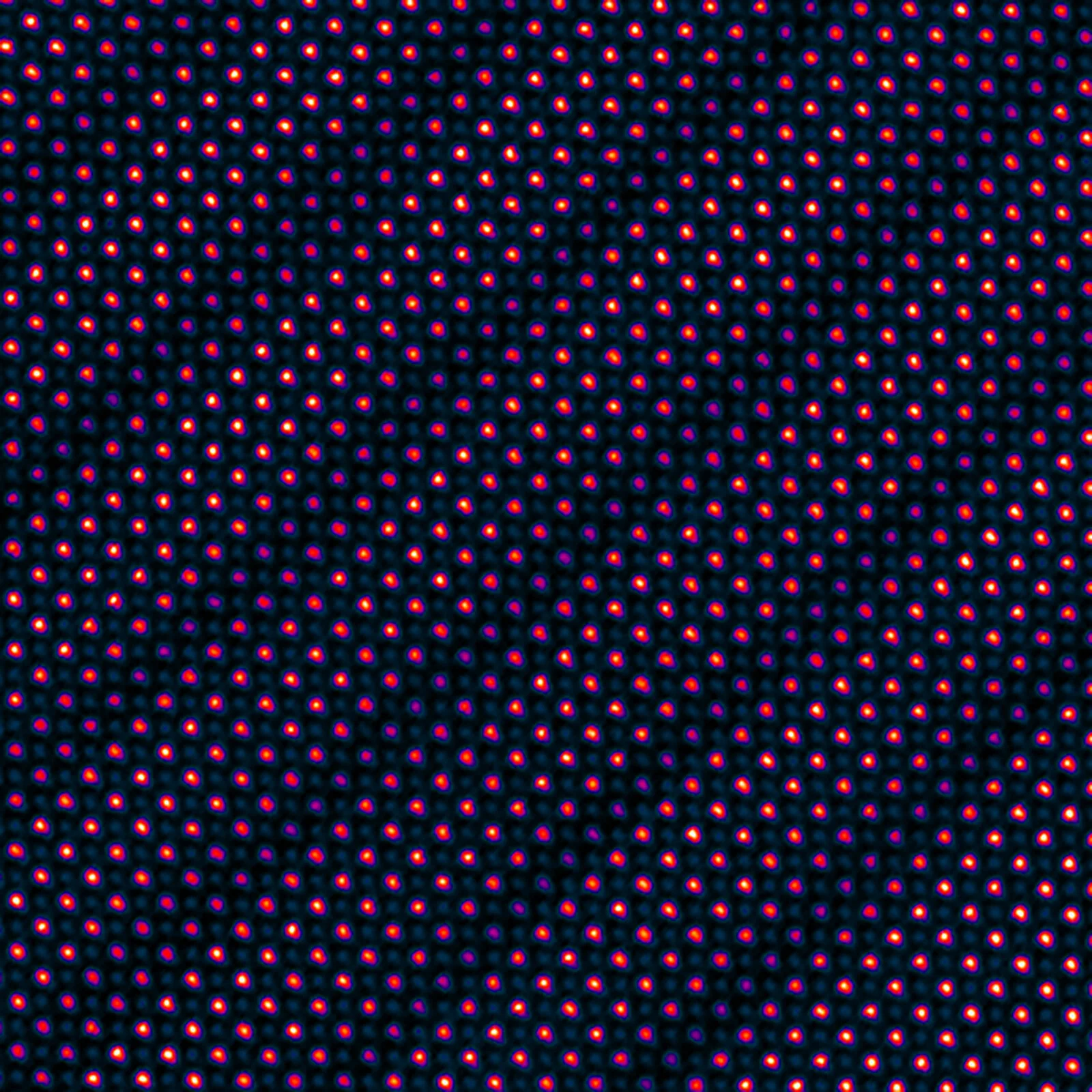Paper on Superlattice Control of Valence Published in Advanced Materials
Our paper, led by Le Wang, demonstrating superlattice stabilization of Ni 4+ has just been published in Advanced Materials! We explore the effect of superlattice layering on LaFeO3 / SrNiO3 perovskites using a combination of high-resolution experimental and theoretical probes, revealing that octahedral distortions mediate the energy balance between Ni and Fe valence. Our results provide a guide to engineering emergent electronic structure and functionality in thin film oxide systems.
From the abstract:
Creating new functionality in materials containing transition metals is predicated on our ability to control the associated charge states. For a given transition metal, there is an upper limit on valence that is not exceeded under normal conditions. Here we demonstrate that we can exceed this limit of 3+ for Ni and Fe via synthesis of (SrNiO3)m/(LaFeO3)n superlattices by tuning n and m. The Goldschmidt tolerance constraints are lifted and SrNi4+O3 with holes on adjacent O anions is stabilized as a perovskite at the single unit cell level (m = 1). Holding m = 1, spectroscopy reveals that the n = 1 superlattice contains Ni3+ and Fe4+, whereas Ni4+ and Fe3+ are observed in the n = 5 superlattice. We reveal that the B-site cation valences can be tuned by controlling the magnitude of the FeO6 octahedral rotations which, in turn, determine the energy balance between Ni3+/Fe4+ and Ni4+/Fe3+, thus controlling emergent electrical properties such as the band alignment and resulting hole confinement. We suggest that this approach opens a new avenue for synthesizing novel, metastable layered structures with new functionalities.
To view the manuscript, visit: http://doi.org/10.1002/adma.202005003
To download the manuscript directly, click here.
